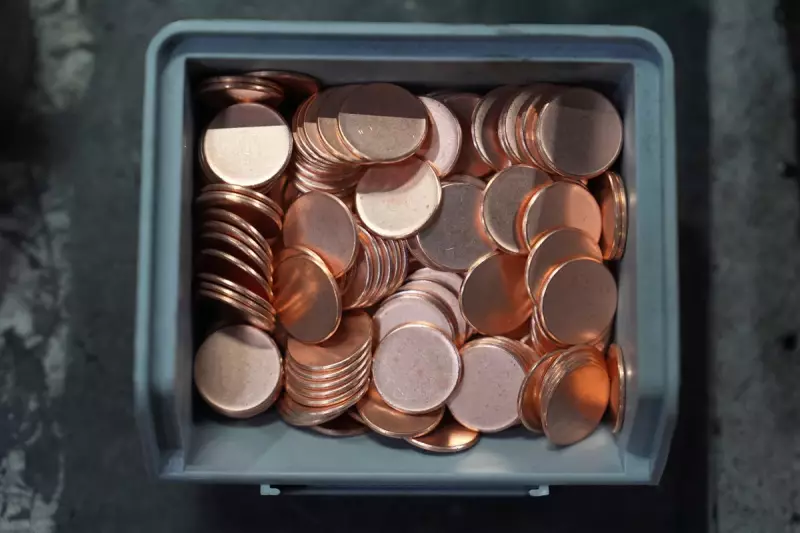
The United States has officially ceased production of its iconic one-cent coin, bringing a sudden end to the penny's 232-year history. The final circulating penny was struck at the Philadelphia Mint, following an executive order from President Donald Trump.
The High Cost of Small Change
President Trump justified the dramatic move by highlighting a stark financial reality: each penny costs four cents to produce, making its continued manufacture economically unsustainable. The Treasury Department projects this decision will yield annual savings of $56 million, funds previously lost in the production process. The announcement was made on Wednesday 12 November 2025.
Retail Sector Scrambles to Adapt
The abrupt phase-out has sent ripples through the American retail landscape. Many businesses have expressed significant concerns about the logistical challenges. Some shops have begun rounding prices to the nearest five cents for cash transactions, while others are now explicitly requesting exact change from their customers to manage the dwindling supply of one-cent coins.
A Long History and a Wider Trend
This move concludes the story of a coin first minted in 1793. However, the penny is not alone in its predicament. The US nickel, with a face value of five cents, also reportedly has a production cost that exceeds its monetary worth, suggesting that broader currency reform may be on the horizon.
The discontinuation of the penny marks a significant shift in American commerce and culture, forcing both businesses and the public to adapt to a new reality for small change.





